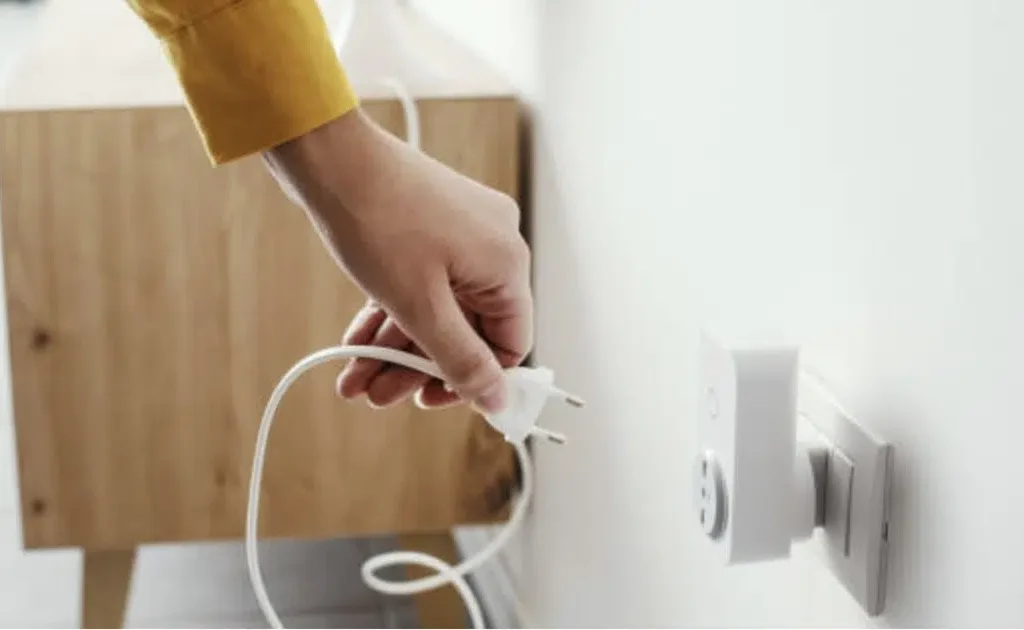Introduction
Electricity powers nearly every aspect of daily living—from cooking and cleaning to entertainment and communication. Because energy costs and environmental concerns are rising, many households are searching for simple ways to conserve electricity. One of the most debated methods is unplugging appliances when they’re not in use. But does this really save energy? The answer is yes—though how much depends on the devices and usage habits.
Origin
The concept of unplugging appliances to save power gained momentum in the early 2000s as studies began revealing the impact of standby power, also known as “vampire load.” Researchers found that many electronics continued to draw electricity even when turned off. This discovery aligned with global pushes toward sustainability, inspiring energy-saving campaigns worldwide.
Cultural Significance
As societies grow more energy-dependent, unplugging unused appliances has become a symbol of household responsibility. In many cultures concerned with sustainability, environmental preservation, and frugal living, this practice is promoted as an easy first step toward reducing carbon footprints and utility expenses. The idea reinforces collective responsibility and encourages mindful consumer behavior.
Optional Additions
- Smart home energy monitors
- Energy-efficient replacement appliances
- Surge protectors
- Solar-powered chargers
Tips for Success
- Unplug devices that are not used daily (e.g., toasters, microwaves, printers).
- Use smart plugs or power strips to make it easier to shut off multiple devices.
- Prioritize unplugging high-vampire-load electronics—chargers, TVs, game consoles.
- Check for energy labels when purchasing new appliances.
- Turn off power strips when not in use.
- Monitor savings over time through utility bills or smart trackers.
Instructions (How to Implement)
- Identify common standby power devices: TVs, phone chargers, computers, microwaves, gaming consoles.
- Group with power strips: Plug clusters of electronics into a strip for easy control.
- Unplug after use: Especially for rarely used items such as coffee makers, hair dryers, and blenders.
- Use smart plugs: Automate off/on schedules.
- Replace energy hogs: Switch to energy-efficient models when practical.
- Review usage monthly: Compare energy bills to track improvement.
Description
Unplugging appliances to save electricity is a low-effort practice that eliminates standby energy usage—small amounts of power drawn even when electronics are switched off. Devices like chargers, entertainment systems, and kitchen appliances often continue to consume power while plugged in. Although the savings from each item may be modest, the cumulative benefit can noticeably reduce household energy costs and environmental impact.
Highest vampire loads include:
- TVs / cable boxes
- Gaming systems
- Computers
- Chargers
- Kitchen appliances with displays
Conclusion
Unplugging appliances does save electricity—though the amount depends on the number and type of devices. While it won’t dramatically reduce every household’s bill, it contributes meaningful energy savings over time. This simple action supports a more energy-efficient home and reduces environmental strain.
Recommendation
If you want an easy, no-cost strategy to conserve power, unplugging unused appliances is worth adopting. Start with devices that stay plugged in around the clock but are used occasionally. Consider integrating smart plugs or power strips to make the process convenient and sustainable.
Embracing Healthful Indulgence
Just as choosing fresh, wholesome foods is a mindful practice, unplugging appliances reflects a conscious approach to living. Though small on its own, this habit nurtures an energy-efficient environment, reduces your footprint, and empowers healthier stewardship of natural resources. By embracing simple energy-saving practices, you protect your wallet—and the planet—with minimal effort.
